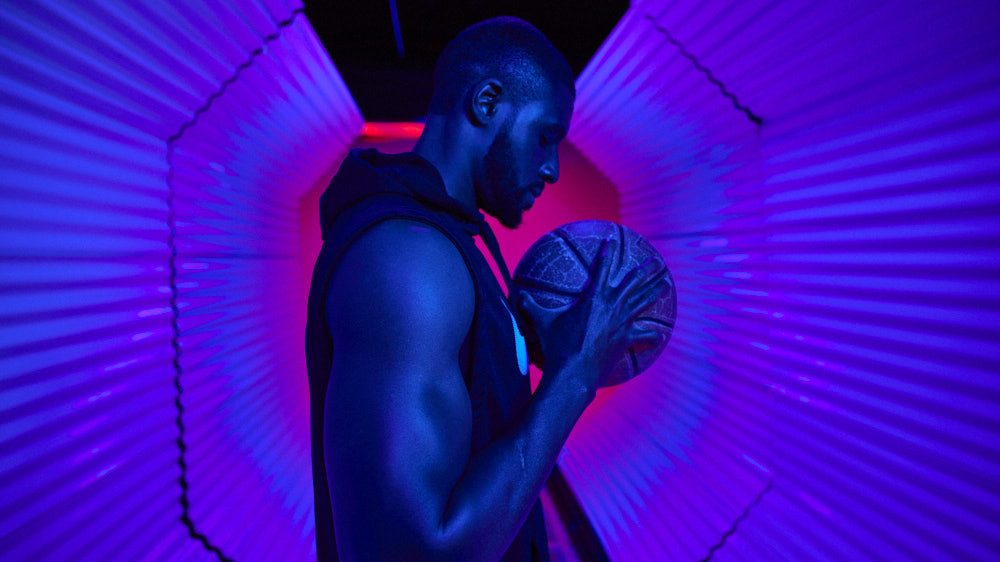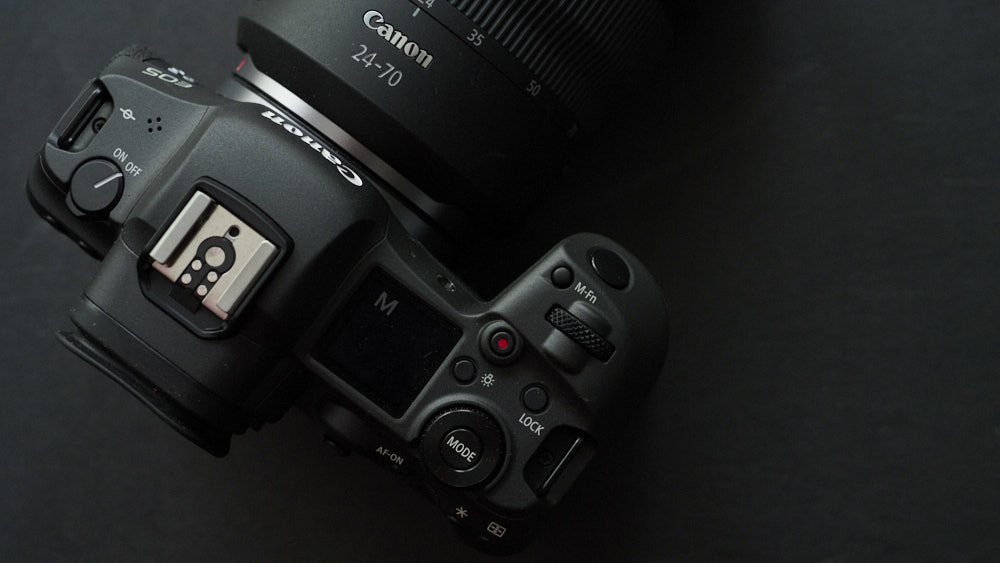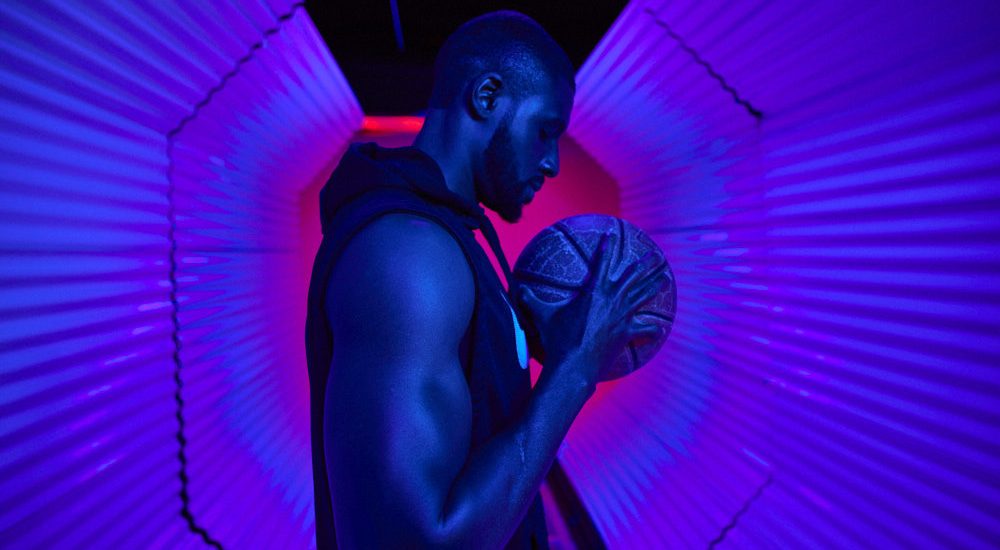A random hunch leads to a positive reminder about what gear does and does not offer the creative process.
Now, before I begin, I’d like to stress to readers that despite the rather tantalizing title to this essay, I have no desire to try to settle the unnecessarily hyperbolic debate of DSLRs versus mirrorless cameras. I will neither be using the following paragraphs to extol the virtues of either, nor will I be looking to proclaim one superior to its supposed rival. Each has a place. And to each his or her own when it comes to the right tool for your particular task at hand. Last week, the task at hand for me was to do an advertising campaign for a prominent performing arts institution that would focus on the one activity denied to the rhythmless section of the population to which I belong, dance.
Since this essay is somewhat gear-related, here’s a quick background. I have been primarily a Nikonian for nearly two decades of my photography career. A stalwart DSLR guy due to the optical viewfinder, I nonetheless have owned and operated a plethora of mirrorless cameras from multiple brands over the years with various levels of enjoyment. Early this year, after doing a review of the camera for Fstoppers, I purchased a mirrorless Canon EOS R5. And while that camera hasn’t replaced my Nikon D850, I have found its skillset to be vast and valuable enough that it has served as the primary shooter on multiple still and video projects over the last several months. I’ve been using it so much in fact that even my D850 has been allowed to take an extended vacation a time or two while the R5 took the reins.
Going into my dance shoot, I’d used the R5 on several successive projects from short films to documentaries, to fashion shoots, to fitness shoots. It had its hiccups, but generally speaking, was making a name for itself among certain circles, those circles being the other cameras in my bag, as being a dependable workhorse. When the dance assignment came up, I could have used the R5 again, but, quite simply, I felt like using my D850. It’s as simple as that. There was no technological advantage I was seeking. They both hover around the same megapixel count, so there would be no difference to my client. It was only for stills, so I didn’t have to compare video capabilities. Pretty much, I just hadn’t shot with my D850 for a little while and I felt like using it.
Now I’m a glass-half-full kind of guy. So, that means that I try to look for the silver lining in everything. Even a global pandemic. While there hasn’t been much to smile about with regards to the onset of the virus that will go unnamed and the dramatic impact on photographers everywhere, there has been one thing about the slowdown that has legitimately benefited me as a photographer. With business at a virtual halt in the early days of the pandemic and local stay-at-home orders making larger photo productions impractical for long stretches, I found myself with little to do and even less to shoot. Because I find myself getting physically depressed if I don’t shoot for more than a week or so, I had to figure something out to maintain my sanity. My answer to this quandary was something I really should have been doing all along. Instead of dwelling on the slowdown in business, I would instead invest my suddenly increased free time back into my craft. Specifically, I would dig deep down into the technical aspect of photography and filmmaking.
I’m not a super technical person. It’s not that I don’t understand the nuts and bolts, but rather that I prefer to be guided by the art a bit more than the technical craft. I’ve been doing photography and cinematography for decades now, so luckily, I have reached the point where, more often than not, I am simply operating on instinct with the mathematical equations necessary to execute a photograph happening deep down in my subconscious. But with nothing else to do during quarantine but to practice, I decided to focus on what was going on under the hood. I wanted to reopen some of the instinctual things and see if there were any techniques embedded within them that could use improving. There are several things I’ve been doing for years as a photographer just because I know they work, but this was a time to do a more academic study of exactly why those things work. As a result, I find that I have improved leaps and bounds over the last 18 months and am a way better photographer now than I was at the beginning of the pandemic. That’s not to say that I’m perfect or that I’m now the number one photographer in the world. But judging myself solely against myself, I know that I’ve come a long way.

That same timespan happens to coincide with a period in which mirrorless cameras have gone from being a developing market to being the main focus of every major manufacturer. While I can’t say I was originally thrilled with the idea of mirrorless, it did seem as though I would eventually be forced to go mirrorless at some point, one way or another. So, I might as well get used to the idea and see what options are available. Specifically, in the arena of video, the benefits were immediately apparent. This was all the more apparent to me personally, as my business was transitioning from an 80/20 photography to cinematography split to more of a 50/50 dynamic. From a skills standpoint, I found the benefits to be less dramatic, with the main selling point for the mirrorless cameras being the ability to use eye autofocus. There are more, of course, but in real-world terms, since I shoot human models for a living, this feature has the most potential to make my life easier. Although it must be said that the benefits of that eye autofocus are not shared by all camera models equally, so the utility of the feature depends heavily on what you choose to shoot with. Its amazing ability to track faces and eyes with the touch of a button is the primary reason why the R5 has gotten so much game time in recent months. It’s not like I ever remembered having trouble keeping my subjects in focus with the D850. But the edge-to-edge focus points and one button operation of the R5 do make it a compelling alternative.
One of the things that have happened as a result of the pandemic-driven deep dive into craft is that I feel as though my style has developed. I’m still shooting from the same artistic voice, but I feel as though I’m pulling from a deeper well of creativity when it comes to the type of imagery I want to create. Everything from the color palette to lighting choices seems to have evolved. Since several of the shoots I’ve done in the past year or so have doubled as opportunities to review new camera features for Fstoppers, I couldn’t help but to wonder if some of the new artistic developments were a result of the technology. Was I able to achieve certain things now that I wouldn’t have been able to with my D850 because the mirrorless technology was, in effect, making me a better photographer?

That was one of the many questions in the deep background of my mind as I took out my D850 to shoot the campaign last week. Would go back to shooting with my D850 lead to a different result from my recent work in which the R5 was the primary protagonist? Well, at the risk of being anticlimactic, in a word, no.
As I sifted through the shots in Capture One, making my selects, it became increasingly clear that the new skills I had developed as a photographer over the last 18 months were not a result of the camera in my hand, but the work I put in behind the scenes to improve my craft. Sure, there were minute technical differences between images shot with two different camera systems and two different sets of lenses, but zero percent of those differences were things that affected my clients or my creativity. Even the awesome face and eye autofocus benefit were somewhat nullified as I realized that shot after shot from the D850 was tack sharp even with my subjects flying through the air with movement. I do wish that the focus point of my D850 would extend to the edges of the frame. That is a real tangible advantage to shooting with my R5. But, in actual practice, it didn’t have an adverse effect on the result.
I can’t say that the result was a surprise. The D850 is, in my opinion, the best DSLR ever made. And practically speaking, I can’t see any objective reason why I can’t continue to use it as my main camera for the next decade. Unless the new normal for megapixels goes through the roof again, there’s very little the camera isn’t capable of when it comes to still photography. It’s always given me excellent results, and this last campaign was no exception.
So, what’s the point I’m making? That you shouldn’t go mirrorless? Or that you should sell off all your mirrorless gear and return to the DSLR? No. As I said at the top of this article, what camera choice is right for you is an incredibly personal decision and I don’t wish to make a broader declaration on the mirrorless versus DSLR debate. I shoot with both. And, while my R5 sat this one out, there is no reason to think it won’t start the next game. But what going back to the D850 for this shoot did remind me of is that it’s the photographer who makes the image, not the camera. Sure, this is obvious. But in a world saturated with new technology and premature proclamations about what gear you have to own to be considered a complete human being, it’s good to remind yourself that if you want your art to be better, there’s only one way to do it. And that way is not by buying a new camera. It’s by putting in the work to better understand your craft then using that increased technical knowledge to subsidize your creativity. Photography is an art based on technology. But that doesn’t mean that the technology itself is the art. True artistry can only come from you.
